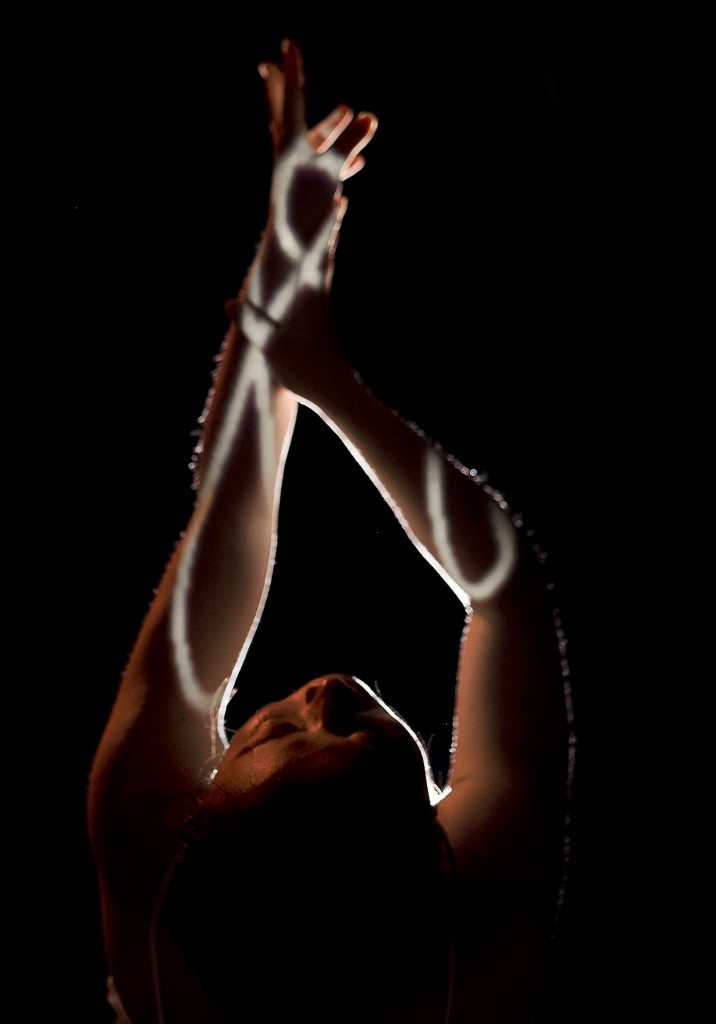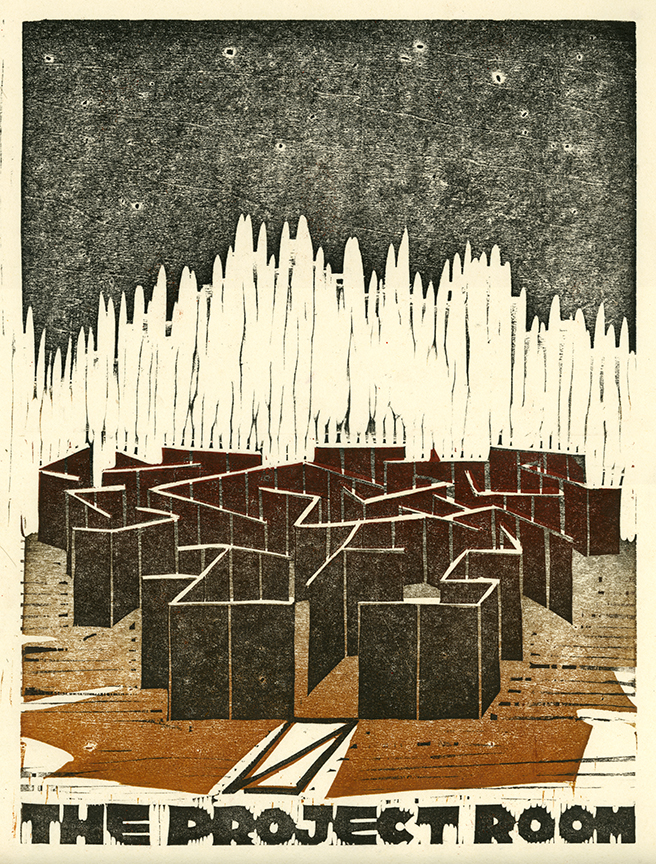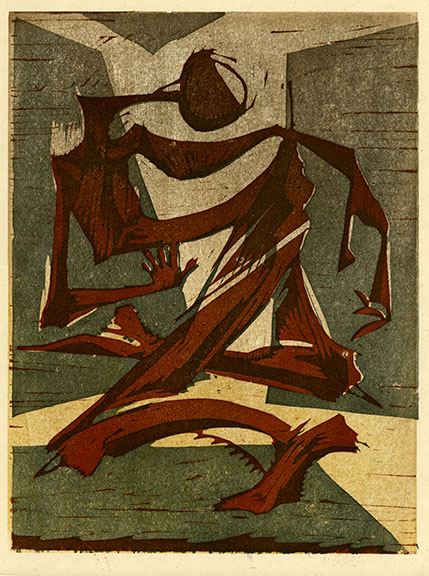Wednesday, December 12 @ 6pm: Trimpin, Sound Artist
Trimpin is a Seattle-based kinetic sculptor, sound artist, musician, composer, and inventor. He has combined these varied disciplines into his extensive body of work since the 1970s, often creating kinetic sculpture installations that include the production of sound through the inclusion of mechanically or computer-driven instruments or entirely new sound sources. Trimpin has pioneered the development of computer-driven instruments and sound sculptures, including many built prior to the advent of the MIDI interface, but his work almost always includes acoustically produced sounds, and he has created devices to play every instrument of the orchestra. Most of his pieces integrate both sculpture and music in some way.
Trimpin is a MacArthur Genius Award winner and the subject of a documentary, TRIMPIN: the sound of invention.
Wednesday, January 16 @ 6pm: Jason Dodson and Faustine Hudson of The Maldives
In the great Northwest, The Maldives are more than a band, they are an institution. With a history that goes back more than half a decade (their friendships considerably longer), they’ve played every kind of gig imaginable- from backwoods festivals on the back of a flatbed truck to the inauguration of Seattle’s musically minded mayor.
They have overflowed the stages at SXSW, CMJ, Capitol Hill Block Party, Sasquatch, and Bumbershoot. In 2010, they were featured on MTV’s $5 Cover series which spotlighted the best of Seattle’s music scene.
What started as the personal project for lead singer and songwriter Jason Dodson has at times swollen to a small army of twelve before settling on seven full-time members. At some point, The Maldives became bigger than any one man.
Their debut full-length, 2009’s Listen to the Thunder (Mt. Fuji, produced by Grammy Award-winner Kory Kruckenberg), was the culmination of years of live playing, not a studio piece, but a faithful document of who the Maldives had become as a live band. Their latest release Muscle for the Wing (Spark & Shine) is the opportunity to bring the band’s assembled creativity together in a different way and explore their combined vision. And this time they brought in producer Shawn Simmons (The Head and the Heart, Grand Hallway) to capture it all. It builds on a heritage of cinematic American rock & roll that’s at turns chivalrous and fist-pumping, steeped in tradition but unbound by expectations. Dodson’s words reveal characters set in a widescreen frame, scenes from real life that often portray victims of the heart and casualties to the beast that is circumstance.
Wednesday, January 23 @ 6pm: Barbara Earl Thomas- Visual Artist, Writer & Deputy Director of the Northwest African American Museum
Barbara Earl Thomas a Seattle based painter and writer, and the Curator and Deputy Director of the Northwest African American Museum, which opened in 2007. She is represented in Washington by the Francine Seders Gallery, and her work is currently on view in the Tacoma Art Museum’s Best of the Northwest Exhibit that runs through March 2013. In 1998 & 2000 she received The Seattle Arts Commission award for new non-fiction. In 2007 she completed project coordination on a monograph for artist Joe Fedderson, University of Washington Press, published as part of the Jacob and Gwen Lawrence endowed series on American artists.
Barbara is a confirmed bibliophile. One of her recent best reads is Francisco Goya: A Life, by Evan S. Connell. This book is excellent. Of it she says “Inquisitions are not to be desired. Vote no if you ever have the chance.”
Wednesday, January 30 @ 5:30pm: Tom Kundig, Principal/Owner of Olson Kundig Architects
Tom Kundig is one of the most recognized architects in North America. He has received some of our nation’s highest design awards, including a National Design Award in Architecture Design from the Smithsonian Cooper-Hewitt National Design Museum; four National AIA Honor Awards; seven National AIA Housing Awards; and an Academy Award in Architecture from the American Academy of Arts and Letters, which recognizes creative individuals whose work is characterized by a strong personal direction. Recently, he was included in The Wallpaper 150, Wallpaper’s list of the 150 people who have most influenced, inspired and improved the way we live, work and travel over the last 15 years.
To date, Kundig has been awarded a total of thirty-seven AIA awards, and over seventy awards total. Olson Kundig Architects received the 2009 National AIA Architecture Firm Award (as Olson Sundberg Kundig Allen Architects) and has twice been named one of the Top Ten Most Innovative Companies in Architecture by Fast Company.
Kundig’s work encompasses residential, commercial and institutional and is located around the world. His signature detailing and raw, kinetic construction explore new forms of engagement with site and landscape, which he frames in the workings of unique, building-size machines. In his houses, which are quickly becoming recognized as modern-day classics, brute strength and tactile refinement are held in perfect equilibrium. Recent projects include Art Stable, 1900 First Avenue Hotel and Apartments, the Burke Museum of Natural History and Culture, and private residences in Spain and throughout North America, including The Pierre, Shadowboxx, Studio Sitges and Hawaii Residence, Whistler Ski House.
Wednesday, February 20, 6pm: Carrie Akre, Vocalist
In the early ’90s, Akre was the lead singer of Hammerbox, a potent alternative rock outfit with guitar hooks as sharp as Nirvana’s but without the record label push the group deserved. In August 1993, Hammerbox performed at Endfest in Washington State to an audience of more than 14,000 fans, sharing the stage with well-known college-radio favorites like X, Social Distortion, and They Might Be Giants. The group was dropped, marking the beginning of Akre’s difficulties with major labels, one that would motivate her to start her own label, Good-Ink Records. Akre formed the band Goodness in 1994 whose self-titled first album was first released on Y Records and then later re-released onLava, an imprint of Atlantic Records. Their second LP, Anthem, for Atlantic in 1998 was shelved after failing to produce a “single”. The label dropped the band soon there after. Goodness disbanded in 2000. In 1999, Akre joined the Rockfords with guitarist Mike McCready of Pearl Jam, Rick Friel (vocals), and ex-Goodness members Danny Newcomb (bass) and Chris Friel (drums). Akre released her solo debut, Home, in 2000 (on GoodInk Records), Invitation in 2002 (on self owned My Way Records) and Last the Evening in 2007 (on Loveless Records).
Above image: Train wreck at Montparnasse Station, at Place de Rennes side (now Place du 18 Juin 1940), Paris, France, 1895.
















